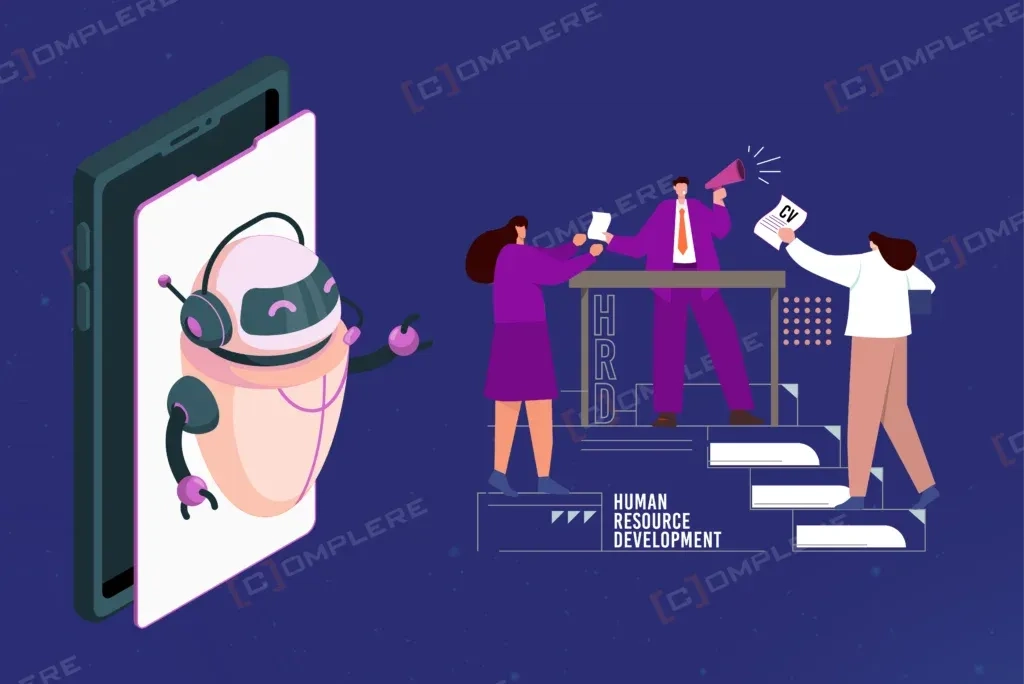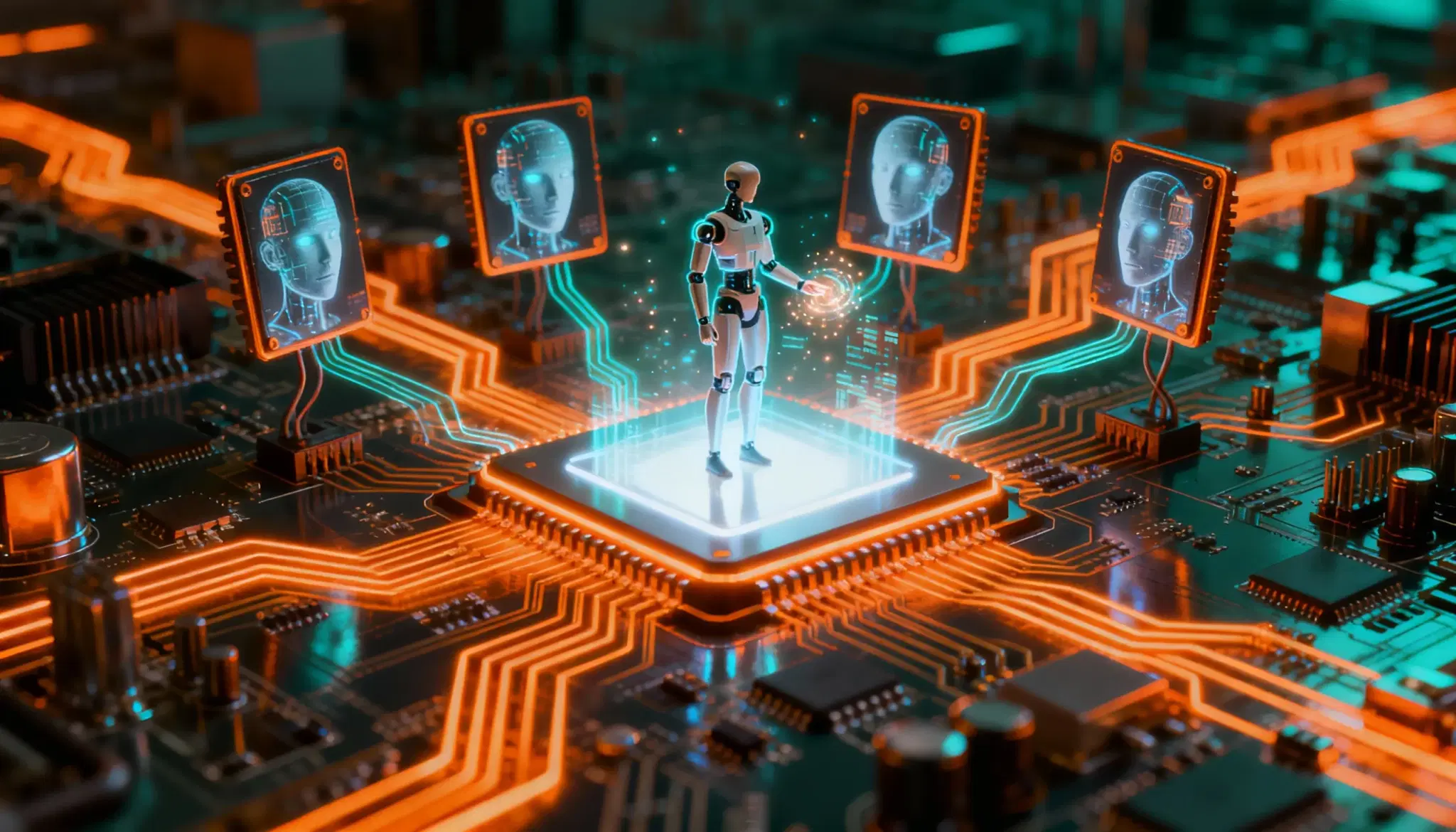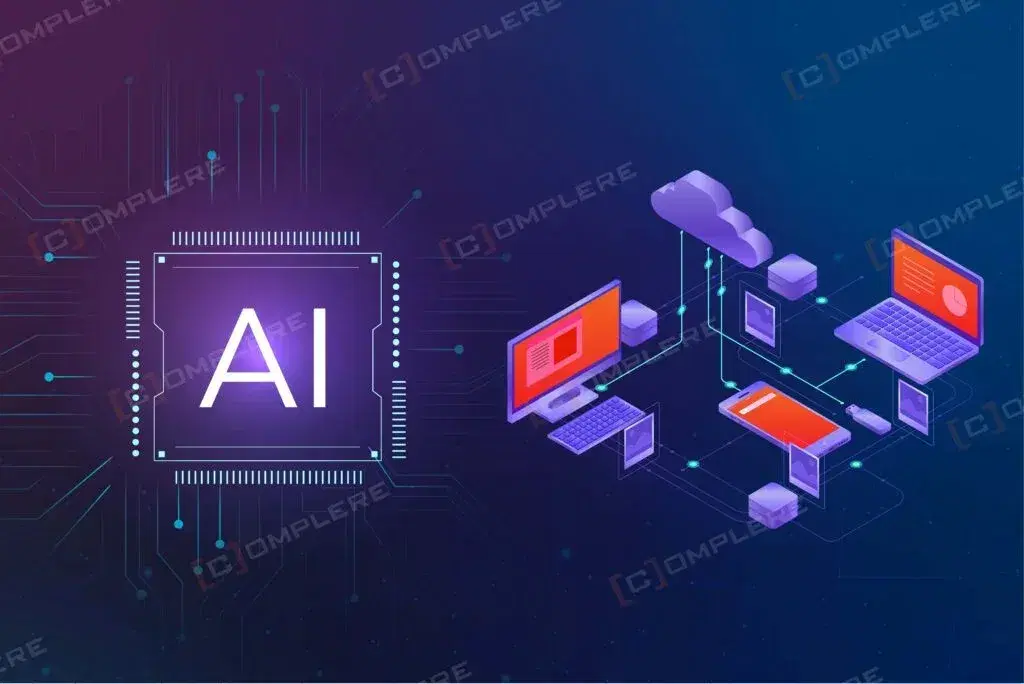Introduction
By offering a comprehensive platform for employee engagement, HR Management Tool work so well in the competitive field of SaaS applications devoted to human resources management. This tool can perform far better with the help of AI powered Chatbot to effectively capture employee voice through features like anonymous feedback mechanisms, idea submissions, and eSurveys. However, integrating a generative AI chatbot could transform how businesses engage with their software, improving interaction even further and streamlining procedures.
The Need for a Chatbot
AI chatbot facilitates crucial HR functions—from gathering insights through surveys to managing performance reviews and recognizing employee achievements. While these features are powerful, navigating them can sometimes be daunting for users. A chatbot can act as a first point of contact, providing instant responses to user queries, guiding them through the platform’s features, and helping them execute tasks like applying for leaves or generating important metrics. This immediate interaction enhances user experience and engagement, making the platform more accessible.
Initial Approach: Rule-Based Chatbots
The first iteration of integrating a chatbot into HR management tool was a rule-based system. This type of chatbot operates based on a predefined set of rules and responses. For example, if an employee asked about scheduling a quarterly review, the chatbot would respond with a generic predefined answer or guide.
Disadvantages of Rule-Based Systems
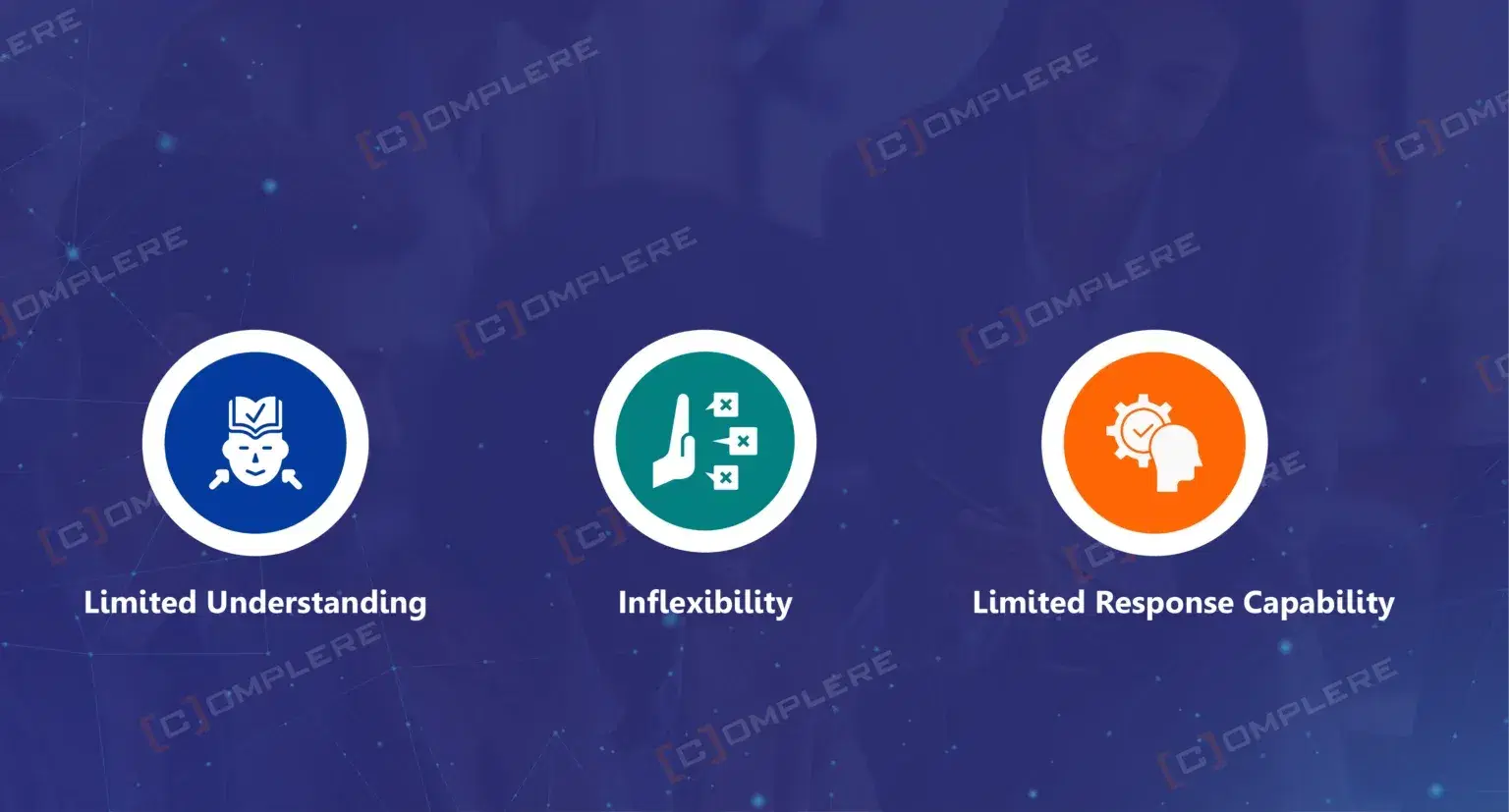
While rule-based chatbots are easier to implement and control, they have significant limitations:
- Limited Understanding: They cannot understand context or the intent beyond their programmed rules.
- Inflexibility: They do not learn from interactions or improve over time.
- Limited Response Capability: Unable to handle any queries outside of their defined rules, leading to a frustrating user experience if the conversation deviates from standard questions.
Transition to Generative AI
To overcome these limitations, we opted for a generative AI chatbot. Unlike rule-based systems, generative AI can understand and generate responses based on the context of the conversation. This capability allows the chatbot to handle a wide range of queries, provide more accurate and contextually relevant answers, and learn from interactions to improve over time.
Features of the Generative AI Chatbot
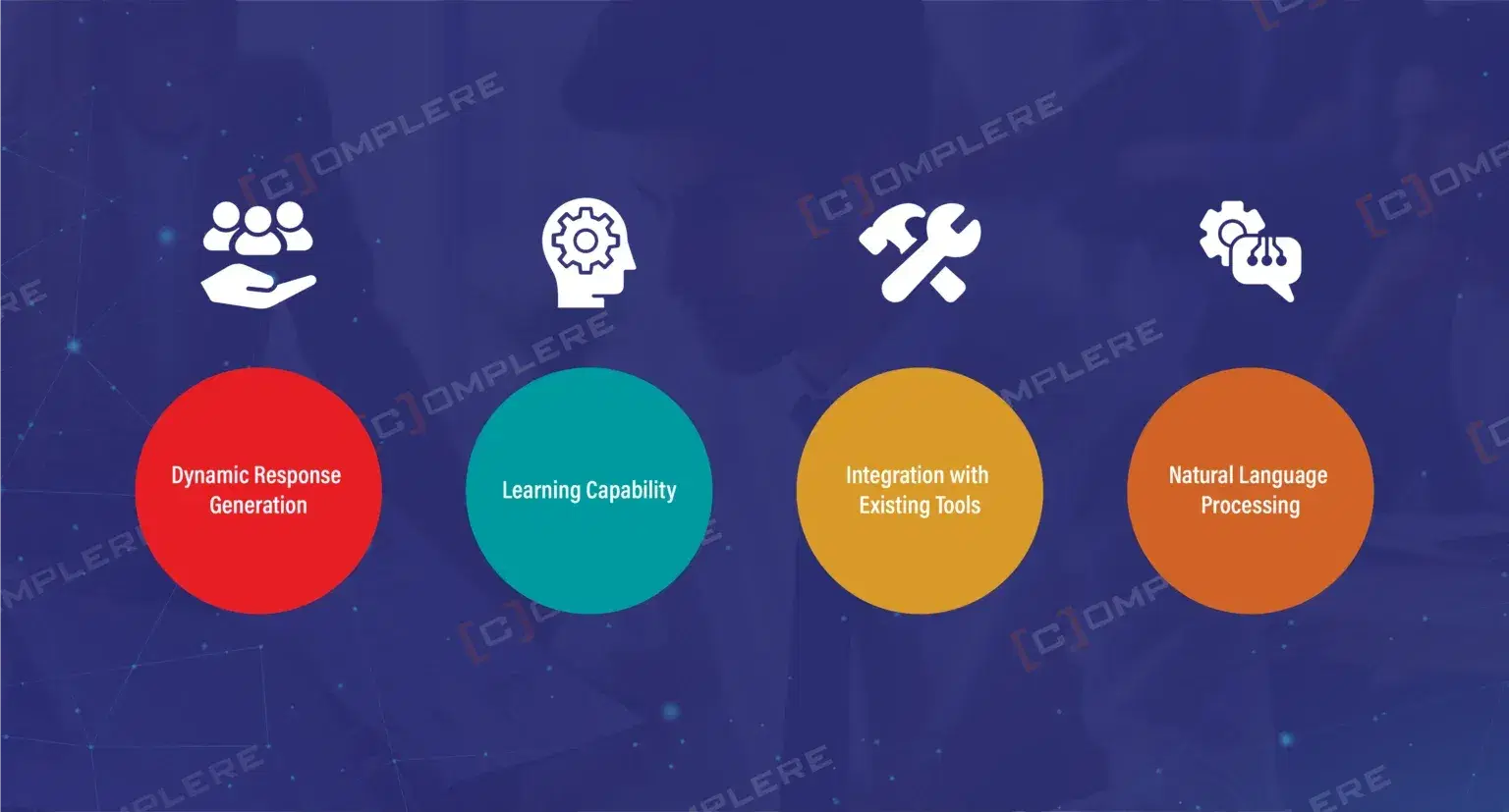
The generative AI chatbot in HR management tool is designed to be a robust tool with the following features:
- Dynamic Response Generation: Capable of understanding and generating responses based on the conversation’s context.
- Learning Capability: Improves its responses over time by learning from past interactions.
- Integration with Existing Tools: Seamlessly integrates with HR management tool’s existing features like scheduling, feedback, and survey systems.
- Natural Language Processing: Can interpret the natural language, making it easy for users to interact with it as they would with a human.
Technical Overview of the AI Chatbot Integration
System Architecture
Backend (Node.js): The backend of HR management tools can be built using Node.js, which handles API requests and business logic. For the chatbot, a specific endpoint is created within the existing server that manages interactions with the OpenAI API. This endpoint is responsible for:
- Receiving user input from the frontend.
- Sending this input to OpenAI’s API.
- Processing the API’s response to format suitable answers.
- Handling session management to maintain context in conversations.
Frontend (React): The frontend integrates a chat interface that interacts with the backend. This interface collects user inputs and displays responses. It’s built as a component in React, which allows for dynamic updates of the chat content without reloading the page.
OpenAI API Interaction
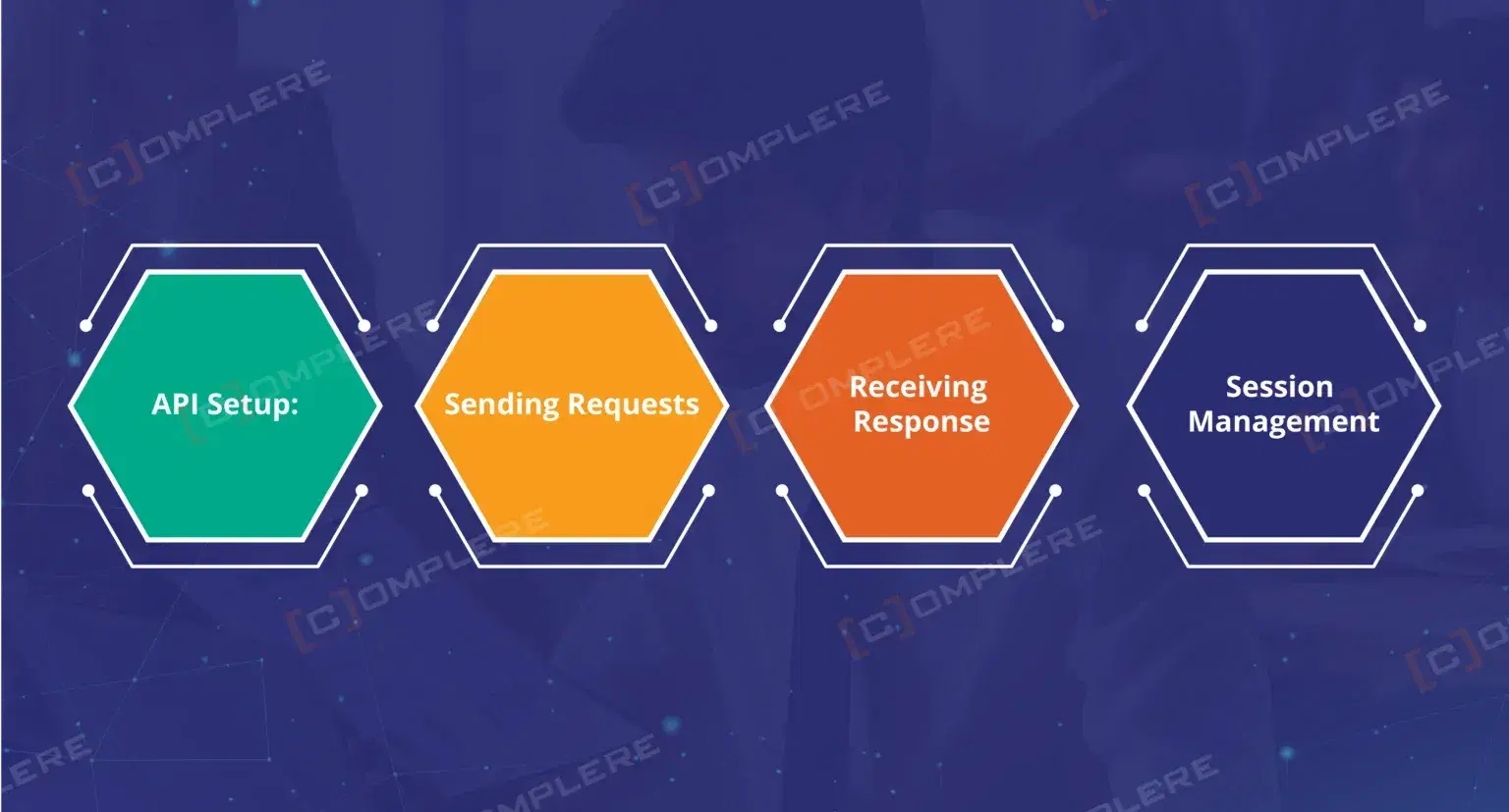
- API Setup: HR management tool uses OpenAI’s chat.completions endpoint to send user queries and receive responses. This endpoint is part of OpenAI’s powerful language models capable of understanding and generating human-like text based on the input provided.
- Sending Requests: When a user types a message into the chat interface, the message is sent to the HR management tool backend. From there, the backend formats the message into a JSON object and sends it to the OpenAI API.
- Receiving Responses: The API processes the input and returns a response, which the backend parses. The response includes the AI-generated text, which can be a direct answer, a follow-up question, or other relevant information based on the user’s input.
- Session Management: A session token is used to maintain the context of a conversation. This token helps the model remember previous parts of the conversation, thus providing relevant and context-aware responses.
Security Considerations
- Data Privacy: Since the chatbot may handle sensitive employee information, ensuring data privacy is paramount. All communication between the frontend, backend, and OpenAI’s servers is encrypted using SSL/TLS. Additionally, sensitive data is anonymized or redacted before being sent to the OpenAI API.
- Access Control: Proper authentication and authorization mechanisms are implemented to ensure that only authorized users can interact with the chatbot. This is typically managed via JWT (JSON Web Tokens) or similar secure methods that validate user sessions.
Data Handling and Storage
Data Storage: While OpenAI’s model can maintain context within a session, longer-term data storage is handled by HR management tool’s databases. This ensures that any historical interaction or necessary information is retained securely and is accessible for analytics or future queries.
Conclusion
The integration of a generative AI chatbot into HR management tool represents a significant step forward in making HR management systems more interactive and user-friendly. By leveraging the capabilities of OpenAI’s APIs, HR management tools have not only enhanced its functionality but have also set a new standard for user interaction within SaaS platforms. Are you curious to know more about AI tools and technologies? Our next blog from this series will provide you with interesting and useful information by guiding us on Generating more relevant and reliable OpenAI’s API responses. Click here to improve your knowledge and tech expertise.
